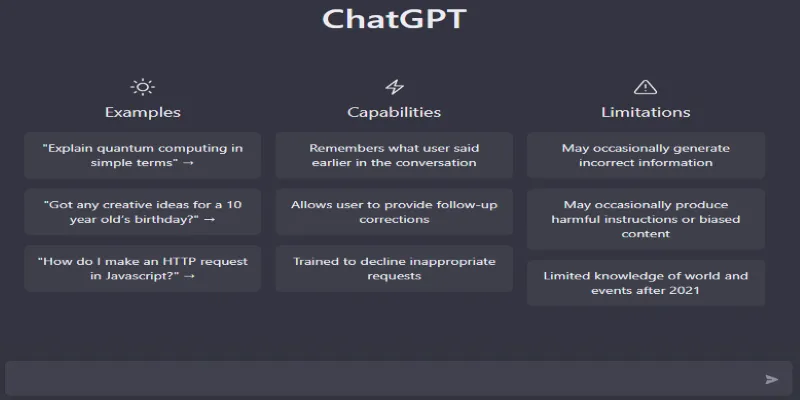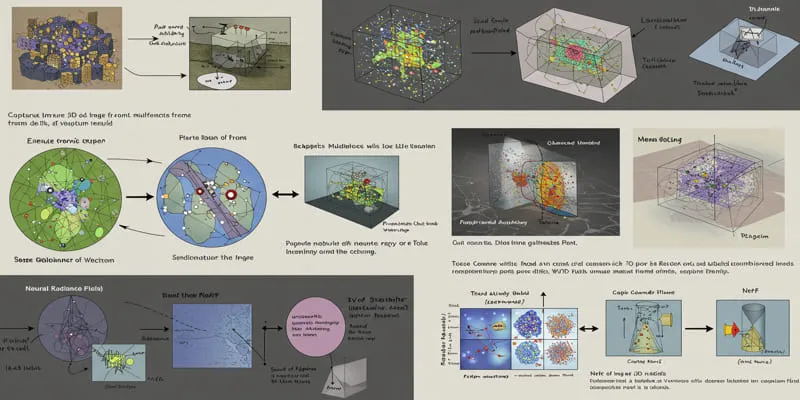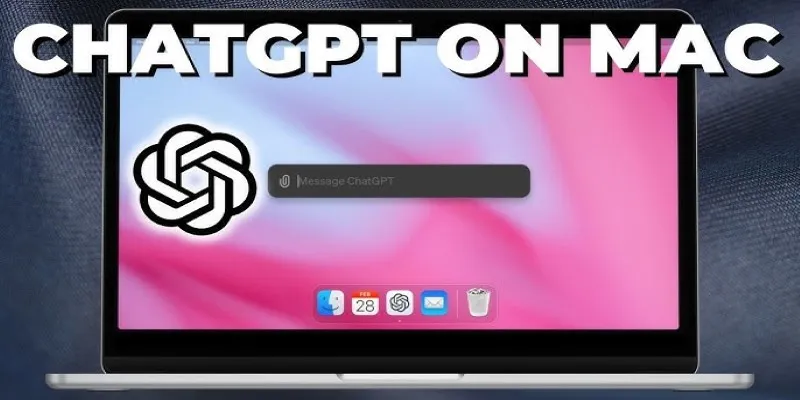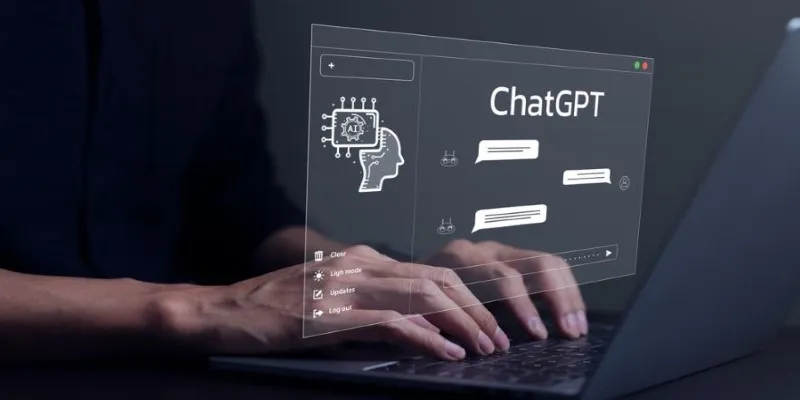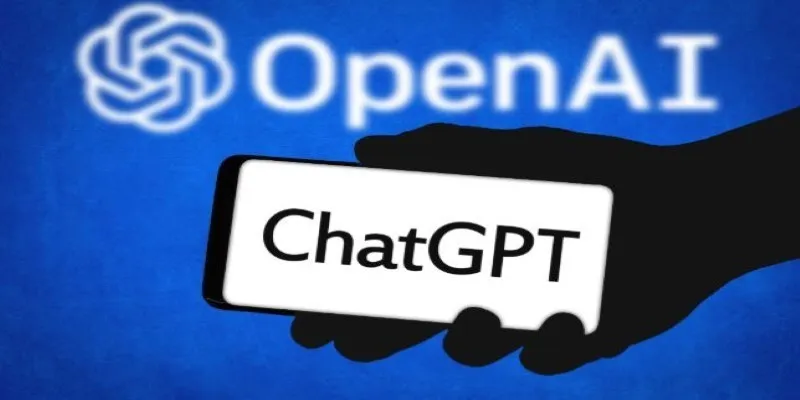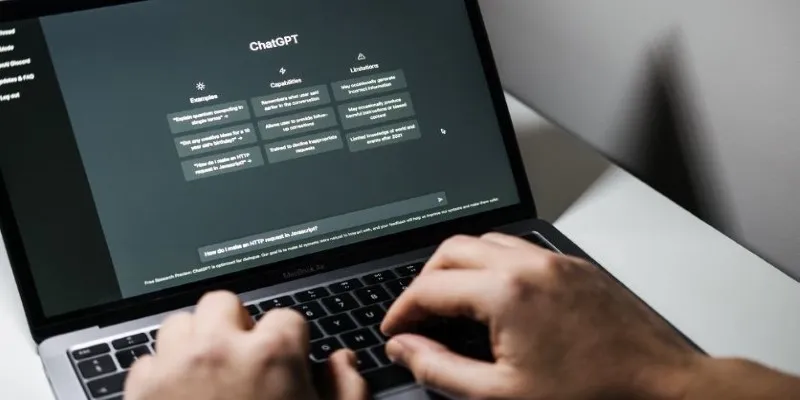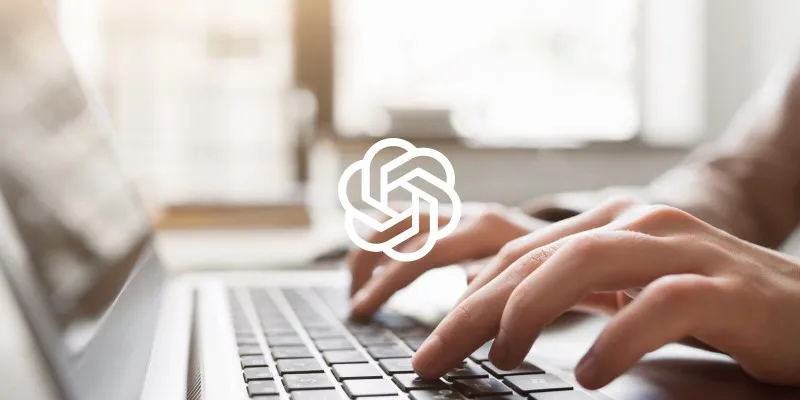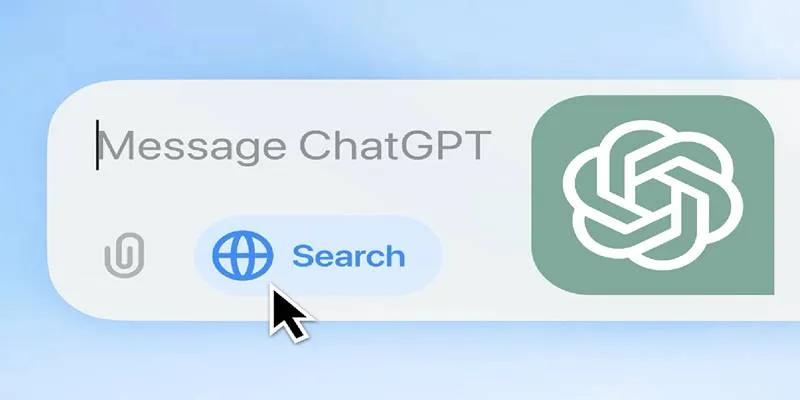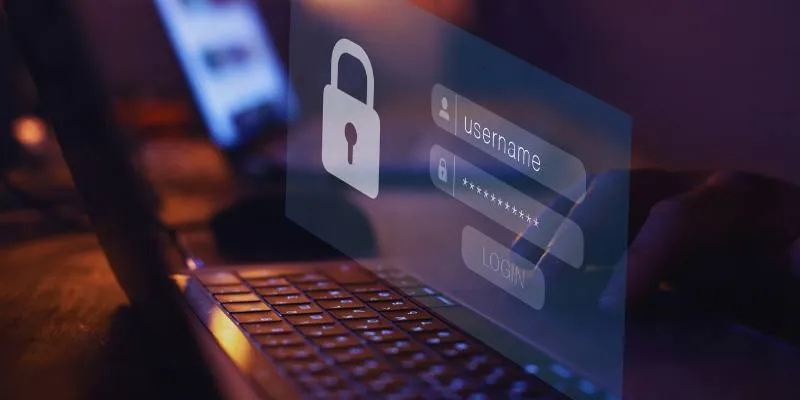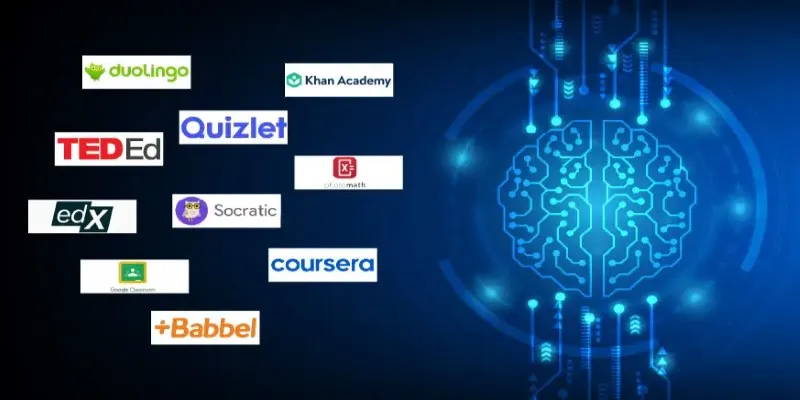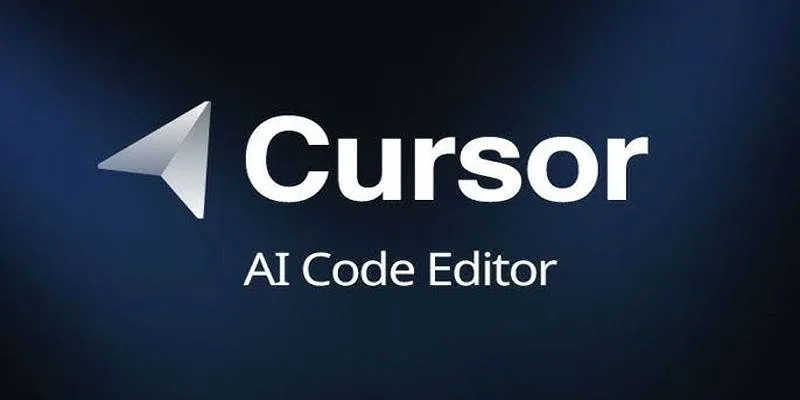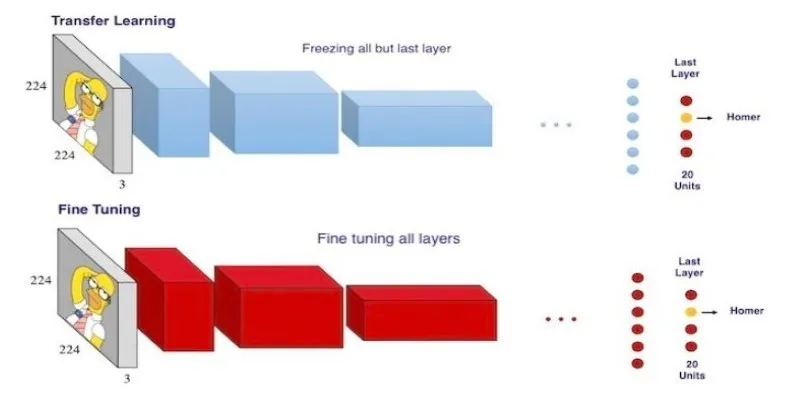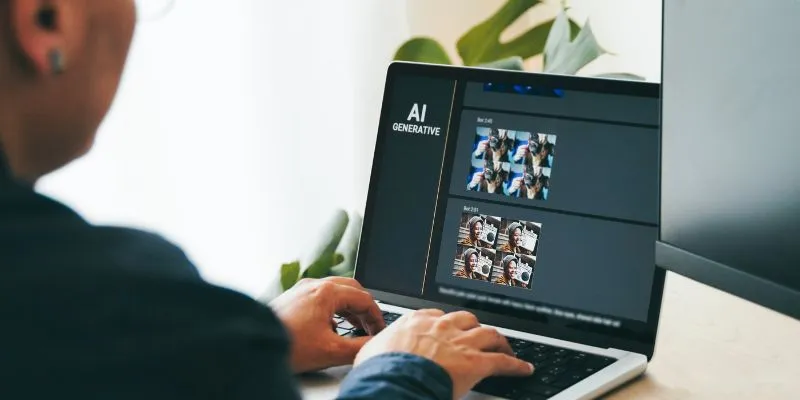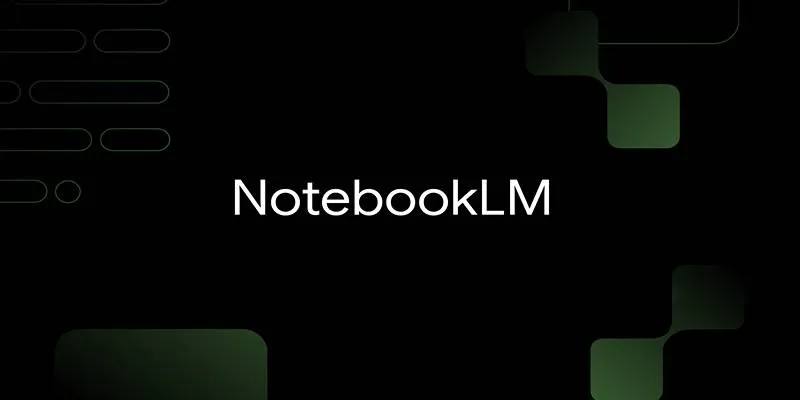3D printing might sound technical, but the process becomes smoother when you have the right kind of help—especially the kind that’s available 24/7 and doesn’t mind answering even the most beginner-level questions. That’s where ChatGPT fits in. Whether you’re trying to troubleshoot a failed print or wondering what settings to tweak for better results, ChatGPT can help you move from guesswork to progress.
This isn’t about replacing your slicer software or your printer’s manual. Think of ChatGPT as a friendly assistant who’s always on standby—ready to help with print ideas, settings, and materials or just brainstorming cool stuff to make.
Designing Smarter with ChatGPT
Starting a 3D print project often means figuring out what to design, what it needs to do, and how it should look. This is where a lot of people freeze. But ChatGPT can help kickstart that process by guiding your thinking.
You can begin by explaining what you want to make. Let’s say you’re planning to create a wall-mounted phone holder. ChatGPT can ask the right follow-up questions: “Do you want it to hold a phone with or without the case? Will it hang on a nail or stick with adhesive? Do you want it to charge while docked?” These little nudges can help shape your idea before you even open your design software.
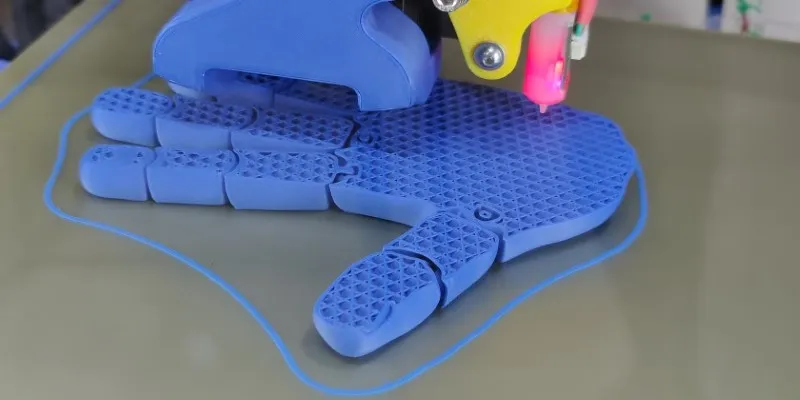
If you’re using CAD programs like Fusion 360 or Tinkercad, ChatGPT can explain how to approach the modeling steps, walk you through certain tools, or provide short scripts if you’re using parametric modeling. No long-winded textbook talk—just direct answers that match your skill level. It won’t draw the model for you, but it will help you understand what to do next and why it matters.
Getting Print Settings Right
Once your design is ready, slicing comes next. That’s the part where you load the 3D model into software like Cura or PrusaSlicer to prep it for printing. And if you’ve ever seen terms like “retraction distance,” “infill overlap,” or “Z-hop” and felt a bit lost, you’re not alone.
Ask ChatGPT what these settings mean or which ones matter most for your specific model. For example, you might say, “I’m printing a 100mm vase with PLA on an Ender 3—what infill and wall thickness do you recommend?” And you’ll get a detailed answer that’s based on real-world logic, not just vague guesses.
Even better, if your print goes wrong—maybe the bottom layer isn’t sticking, or the corners are curling up—ChatGPT can help you troubleshoot. You can describe exactly what happened, and it will walk you through possible causes and adjustments. It’s like having a printing buddy who’s seen every mistake in the book but doesn’t judge when you forget to level the bed. Again.
Material Tips and Tricks
Not all filaments behave the same. PLA is beginner-friendly, while ABS can be stubborn unless you’ve got a warm enclosure. PETG, TPU, Nylon—they all come with their quirks.
This is where ChatGPT really comes in handy. Let’s say you just bought a roll of PETG and want to print storage bins for your garage. You can ask: “What’s the best temperature range for PETG on a Bowden-style printer?” Or, “Why is my PETG stringing so much?” You’ll get responses tailored to your printer type and your project goals rather than vague bullet points.
And if you’re ever unsure which material to choose—maybe you’re printing something for outdoor use or something that needs to flex—you can get quick advice on what works best and why. This saves you both filament and time, which are both easy to waste when you’re experimenting blindly.
Print Ideas, Mods, and Learning On the Fly
Maybe you’re not troubleshooting anything. Maybe you just want ideas. ChatGPT can suggest things to print based on your interests. Say you like gardening—it might suggest self-watering planters, plant markers, or hose guides. Into board games? It can help brainstorm custom tokens, organizers, or dice towers.
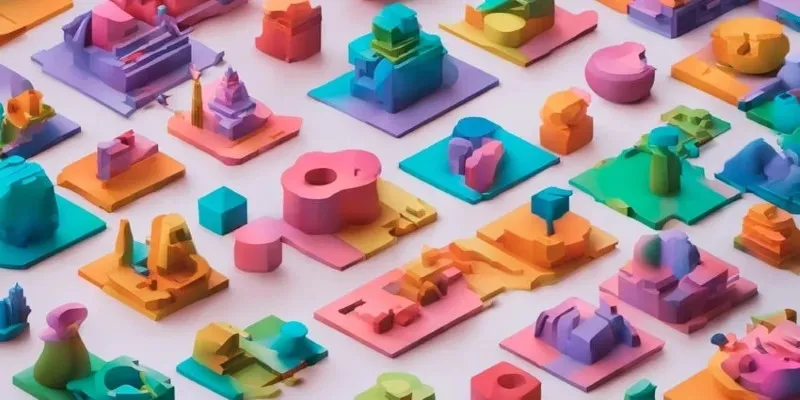
If you’re the kind of person who likes tweaking things, ChatGPT can guide you through mods for your printer. Maybe you’re looking to upgrade the cooling fan, or you want to print a direct drive conversion kit. Ask how to do it, what to watch out for, and whether it’s worth the trouble. You’ll get plain answers that help you decide with confidence.
And if you come across a new term—like “volumetric flow rate” or “jerk speed”—you don’t have to go digging through forums to understand what it means. Just ask and get a clear, readable explanation that doesn’t make you feel like you missed a prerequisite course.
Note: While ChatGPT is helpful, it’s not magic. It doesn’t connect directly to your printer or fix mechanical issues for you. You still need to check if your bed is level, your nozzle is clean, and your firmware is up to date. What it can do is help you figure out what to check and why without drowning you in jargon.
And, of course, for super-specific issues tied to hardware defects or obscure slicer bugs, community forums and official support still have their place. ChatGPT doesn’t replace them—it just helps you reach them more informed and with better questions.
Final Thoughts
Using ChatGPT in your 3D printing process doesn’t mean handing over control—it means printing with more clarity and fewer dead ends. Whether you’re brainstorming a design, tuning your slicer settings, picking the right filament, or just learning something new, the right answer is usually one question away.
Think of it like a tool that’s always within reach. It doesn’t do the printing for you, but it does make the printing easier to enjoy. And that’s the part that keeps you coming back.
 zfn9
zfn9
